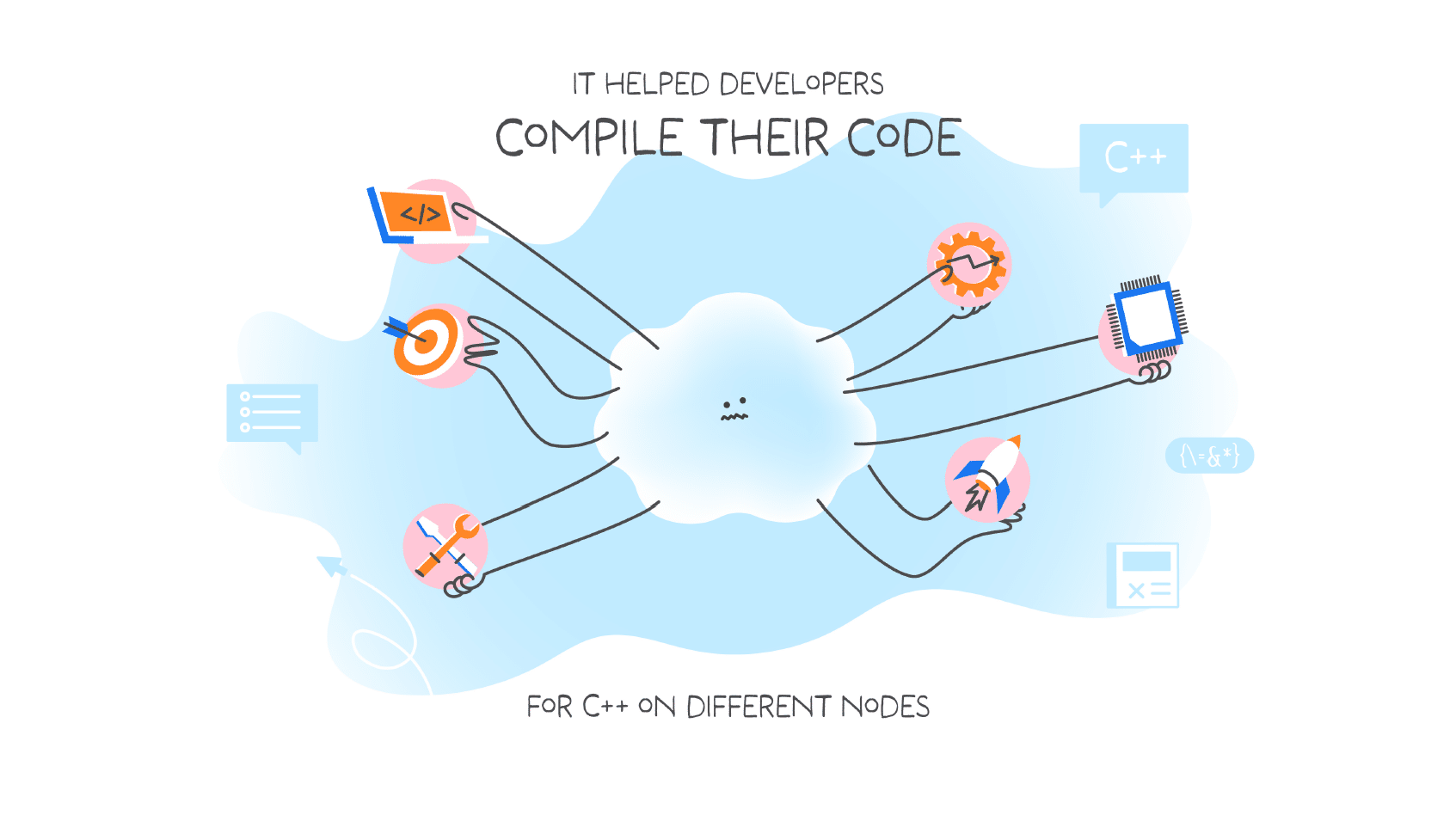It’s not a secret today that everyone – and everything – seems to be on the cloud. This is true for a variety of reasons. The rise of remote work, the seemingly infinite need for more compute power, resources, storage space, and cores, and the need to make everything accessible NOW have all led us to a cloud-first mentality.
So, organizations have been rushing to build some sort of cloud infrastructure – whether that’s fully online or hybrid – and it can become hard to understand exactly WHY it’s necessary. When the cloud “revolution” started, we heard a lot of reasons for why the shift was necessary. Companies were told about faster access to compute power, cost savings, security improvements, truly remote work, and more.
A few years on, and we can see a little more clearly that differentiating one cloud from another is not just about the buzzwords. It’s about how a cloud is built, set up, and actually used.
But forget about the nebulous ”cloud” and let’s talk about a specific type of cloud – the one developers use to provide compute power and make their compilation and build times much faster. This type of cloud usage lets developers tap into significant compute resources on demand.
C++ compilations and builds take a long time, which impacts iteration frequency, the ability to react quickly to critical bugs and fixes, and teams’ ability to improve products to keep engagement up. By accessing much needed power on the cloud, developers have been able to keep times shorter and react faster.
In fact, organizations today are using the cloud to shift their DevOps loads and Ci/CD workflows entirely online. This allows them to work faster without stoppages, and empower teams that are working remotely, no matter where they are.
Working on the cloud means CI/CD pipelines are smoother – teams have access to the resources they need instantly, version control becomes slightly easier, and fixing things on the go becomes more feasible than having to wait for teams to be in the office to work with on-prem resources.
Most importantly, working on the cloud lets teams scale as fast as they need. Instead of purchasing new hardware and going through a complicated installation process, developers can just request new instances and spin them up and down whenever they need.
This may seem like a dev team’s dream, but not all that glitters is gold, and sometimes too much of a good thing can become a really bad thing.
The ease with which teams can spin up resources, scale up, and add more power is a slippery slope. Yes, it makes development much faster at times, but if not handled with care, this can lead to some serious issues. It’s not all sunshine and rainbows for our cloud. Scaling is easier, yes, but as you scale your capacity, so do your costs.
And it’s not just costs that are impacted by a mismanaged cloud. We like to think that the answer to compute issues or bottlenecks is to just add more instances, more servers, and more virtual machines. But where does that really lead?
If you’re not provisioning the right instances, it leads to a lot of capacity and resources you don’t need. If you’re not on top of your scaling and spinning down of resources, it’ll lead to higher costs, cloud bill shock, and a lot of unhappy IT teams.
And if you’re not properly managing your cloud infrastructure (whether you’re fully on cloud or simply bursting to the cloud), then you’re just creating more bottlenecks for your CI, since you’re not working smart. In turn, this means less time to innovate, less time to iterate, and less time to get to market. Can you meet your deadlines on time with an ineffective cloud? How can you have your cake (working on the cloud) and eat it too (having fast, seamless work on cloud)?
That’s where we come in! Having an effective cloud isn’t just about having more of everything. We know that simply adding more instances and more cores and more costs isn’t going to solve every problem (in fact, it may create even more). The solution isn’t to just get bigger. Your cloud needs to get smarter. With Incredibuild, you can get the best of both worlds – faster builds and compilation on cloud, with smarter scaling and spot orchestration that saves you costs while enabling your teams.
How does Incredibuild for Cloud help?
- You can streamline your CI pipelines with our advanced acceleration technology, which optimizes your existing resources and allocates cloud power to the teams that need it, exactly at the right time
- Using a hybrid model, you can save on cloud costs by maximizing your on-prem resources and bursting to the cloud only when you need to.
- You don’t need to get fancy. Incredibuild works out of the box, and it doesn’t require you to change your existing tools, code, and processes to work. Simply install it, and you’re ready to go.
- Smart auto-scaling and spot orchestration means you can use the most cost-effective blend of spot instances without being afraid of losing your compute power at the most critical time.
- You can let your developers run efficient processes seamlessly no matter where they are in the world.
Make your cloud happy. Stop straining your cloud resources and limiting your team’s potential. With Incredibuild for Cloud you can empower your teams to work faster and smarter on the cloud, streamline your CI pipelines, and give your cloud the extra power it needs to keep everyone floating along!








